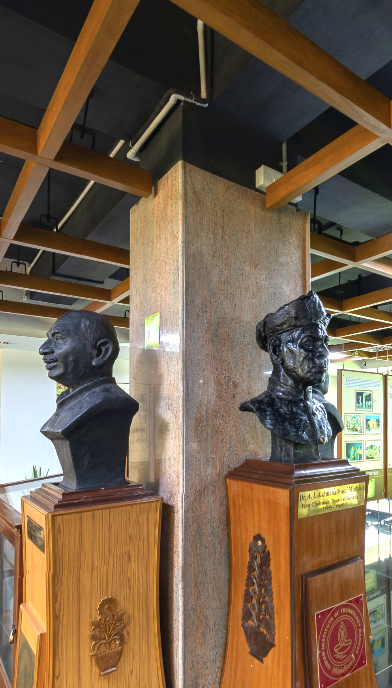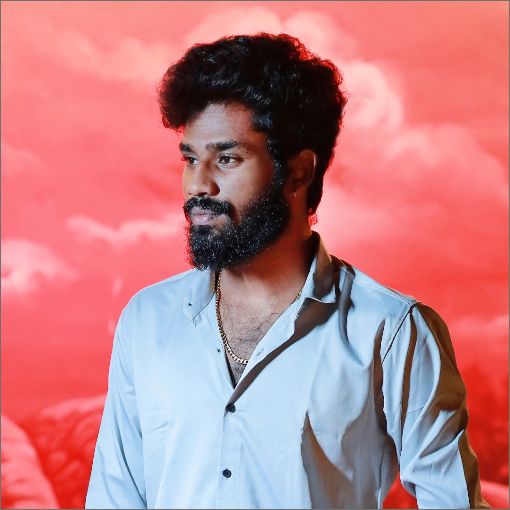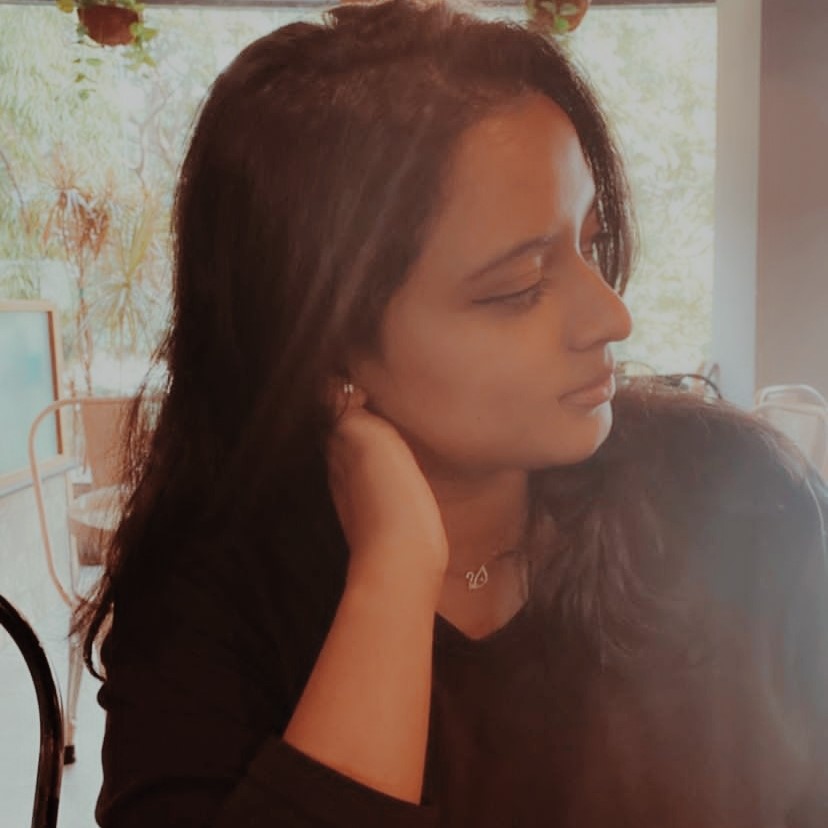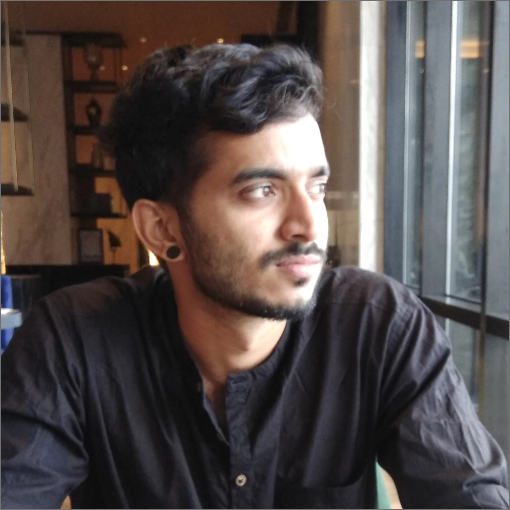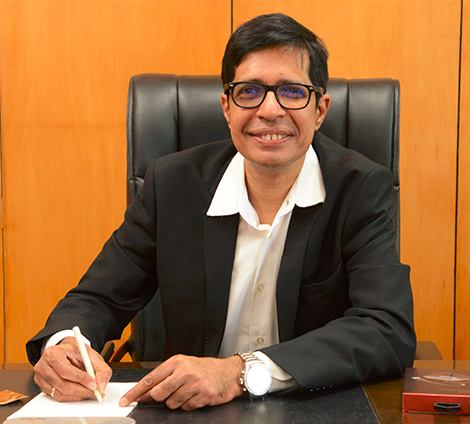
Prof. V. Kamakoti
Kamakoti Veezhinathan received his M.S. and Ph.D. degrees in Computer Science and Engineering from IIT Madras. He joined the faculty of IIT Madras in 2001 and took over as its Director in January 2022.
- Contribute
to the Centre -
Monetary
Support - Digital
Material

